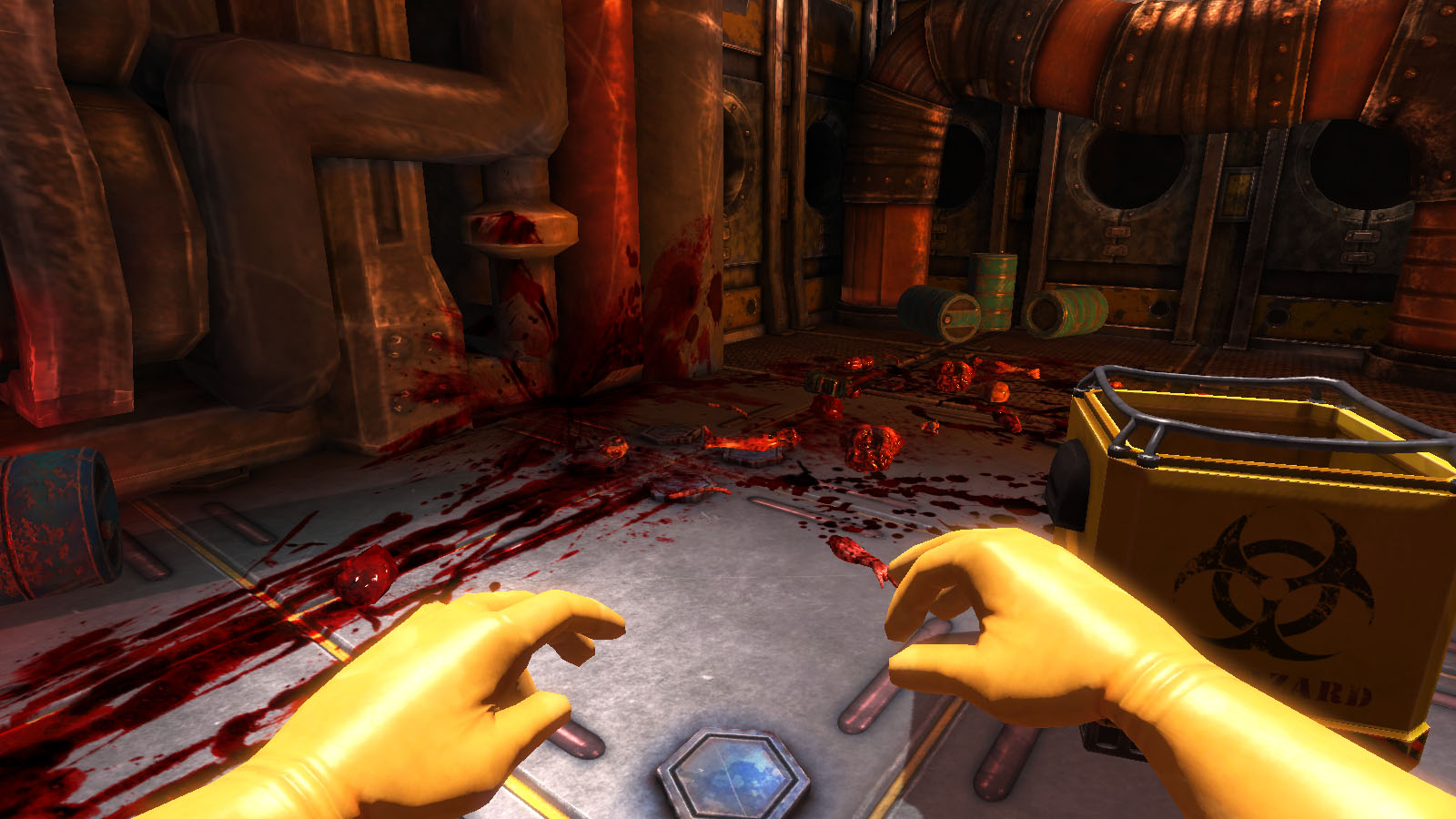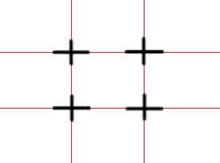Level design and environment design are two separate aspects when
a game is in development, although are not necessarily held as completely separate
elements, as generally the jobs are interchangeable with an individual in the
industry. As I touched upon last year, environment design refers to the
aesthetics of the assets which are places in the environment – an environment
artist will model, texture and on occasion light an environment to create a
visually appealing level. Level design refers to the assembly of said
environments. In general, a level designer will design gameplay elements, as well
as create scripted events and test gameplay – basically, the interaction with
the environment artist’s creations. Their job is to create a level, environment
or world in which a player can interact with and not get bored – and depending
on the game type, avoid replication the mundane tasks of an individual’s everyday
life. Then again this is really just a suggestion, as if people can find a game
based around mopping and cleaning interesting as long as its blood, guts and in
space then who knows.
 |
| Viscera Cleanup Detail - The space-station janitor simulator |
Generally, what can be classed as good level design can be categorized
into fundamental “rules” as it were. Starting with the navigation through a
level – this being one of the core interactions a player has with the
environment they have been presented. Crap layout can hide visual cues as to
where a player has to go – in most cases this comes in the form of a light
source, corridors, colour coded areas
such as in mirrors edge, blocked off “you can only go this way” sections, or
the way in which the scary monster just went. Good navigation creates a good flow
within a games level, with consistent themes throughout a game allowing a more
instinctual interaction from a player.
Another suggested “rule” of game level design is the use of environment to tell
the story, relying on just the right amount of visual cues to allow the player
to immerse themselves and uncover the story for themselves without it being
shoved down their throat. Narrative aspects of a level can be done in three
ways, explicit – referring to text or speech, implicit – referring to the
environmental cues, such as in Bioshock or Fallout 3’s use of notes, and
emergent – this being narrated by the player as they travel through the level.
One of the more optional aspects of good level design is the players’
interaction with quests/objectives, and how they are to be fulfilled. In the Elder
scrolls series it is a general running design that the character gets to choose
their morality, and how certain quests can be ended – this affecting the
environment around them in multiple ways. This leads into gameplay – quests and
locations of interest should be distinct in their marking, with the option of
how a location is interacted with being determined by the player. Doing so
allows a game to steer away from repetition, giving some more variety in doing
tasks and interaction where the player feels as though they are writing their
own story.
The difficulty of a game is a sign of good level design – although maybe not one of the most important ones. I personally know I appreciate it when a game allows myself to select what difficulty I want to approach a game in, allowing me to get the enjoyment I want without unnecessary rage quitting – AKA: Dante’s Inferno. Adjusting the levels of enemies, difficulty of environments and the levelling curve via the adjustment of the difficulty can create a more rewarding experience with a personal feel.
The difficulty of a game is a sign of good level design – although maybe not one of the most important ones. I personally know I appreciate it when a game allows myself to select what difficulty I want to approach a game in, allowing me to get the enjoyment I want without unnecessary rage quitting – AKA: Dante’s Inferno. Adjusting the levels of enemies, difficulty of environments and the levelling curve via the adjustment of the difficulty can create a more rewarding experience with a personal feel.
Level design, in reality, wants to create an easy-to-play but not
in your face, personalised, interesting and all round awesome experience for a
player, showing off the visual environmental designs to their fullest whilst
creating flowing, logical interaction with them which both strays from everyday
life, but maintains balance in the real world with its understantability and
interaction with an individual’s awareness and intuition. They should create
emotive responses which fuel gameplay, with levels which highlight specific
mechanics within a game.



